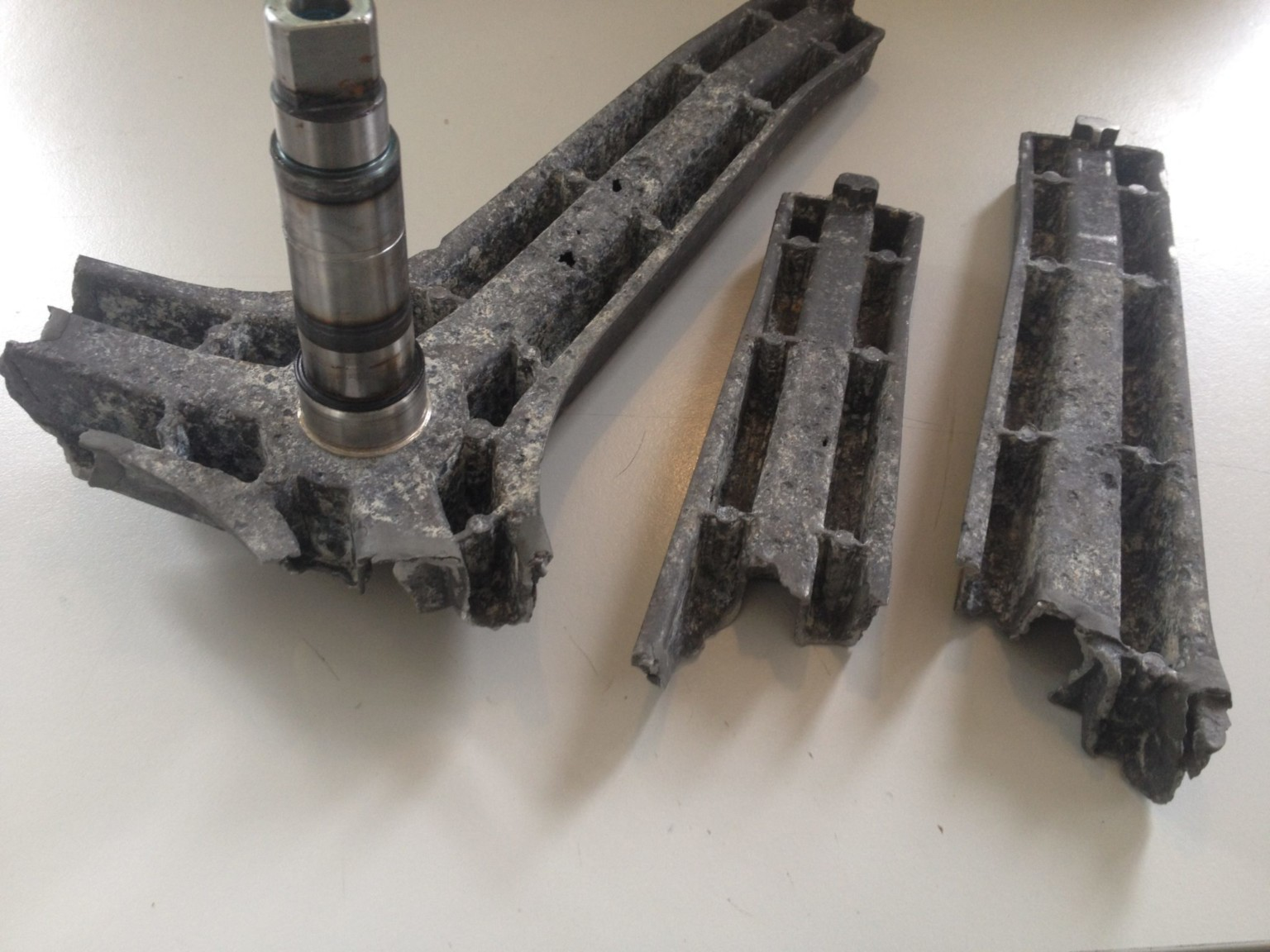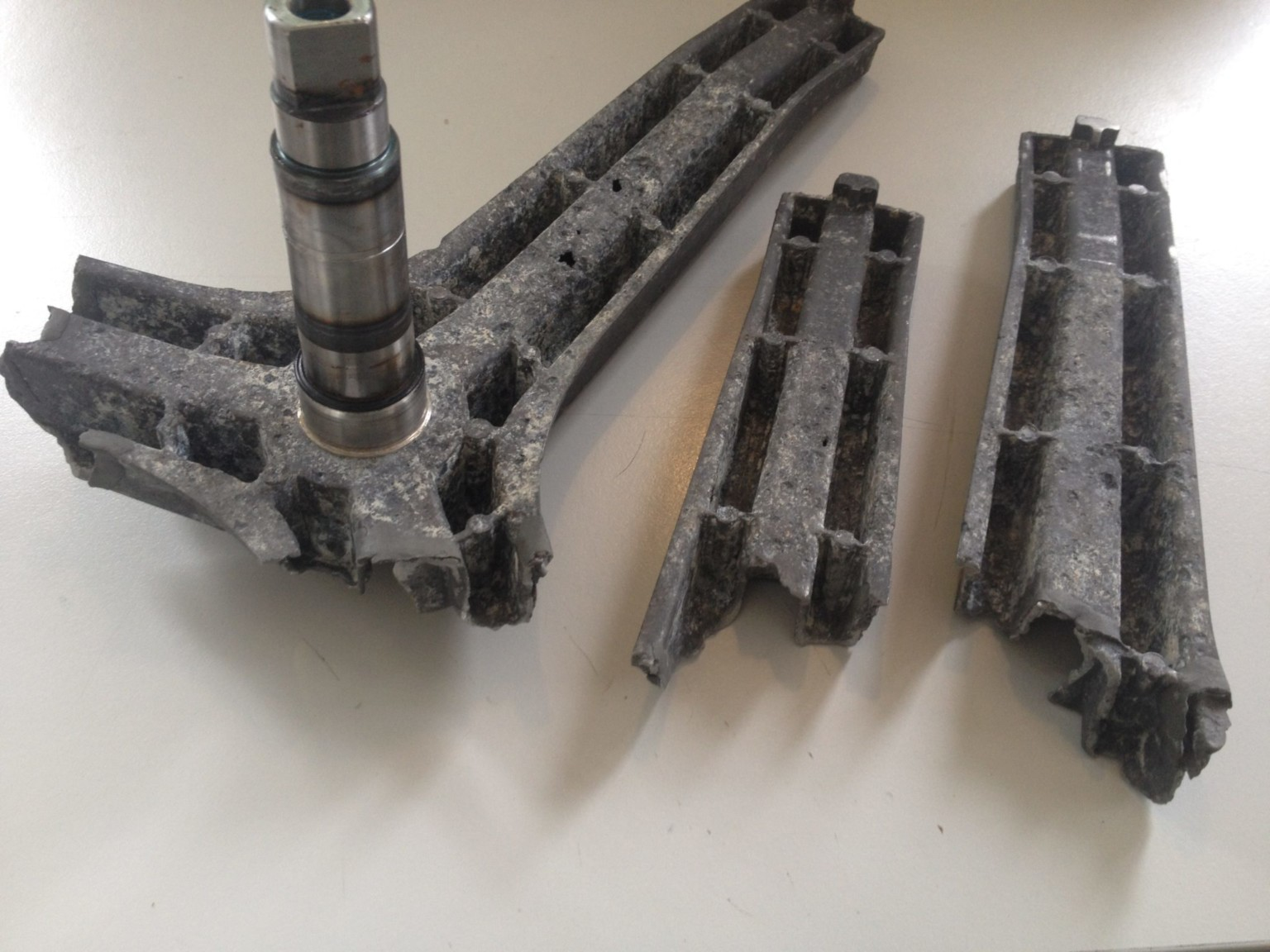It was also tied up in modernist space-age utopian ideals about freeing housewives from drudgery and whatnot, and from that perspective, it wasn’t a bad thing.
But in retrospect (especially 2020s retrospect, seeing how corporations coopt and enshittify everything), the extent to which it was driven by cynical, gimmicky marketing is pretty darn repulsive. Think about how we have an entire generational set of “traditions” that are basically fake, invented by marketers:
- green bean casserole became a thing to sell Campbell’s Cream of Mushroom Soup and French’s Crispy Fried Onions.
- Betty Crocker was never a real person, but rather the persona of General Mills’ marketing department.
- Fuckin’ Santa Claus as we picture him in the US is basically a genericized Coca-Cola trademark.
Basically, every recipe from the '50s, if it says “one can of X” or “one box of Y” instead of having proper quantity measurements, was created as a ploy to sell those convenience foods and there’s something deeply cynical about that.
I dunno, maybe I just find it extra eerie because I understand it as the harbinger of the new gilded-age cyberpunk dystopia that we’ve created since then.




Supply plumbing is no big deal (including soldering copper pipe); it’s the drain/vent side that’s intimidating.